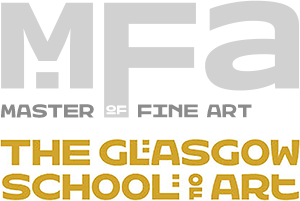

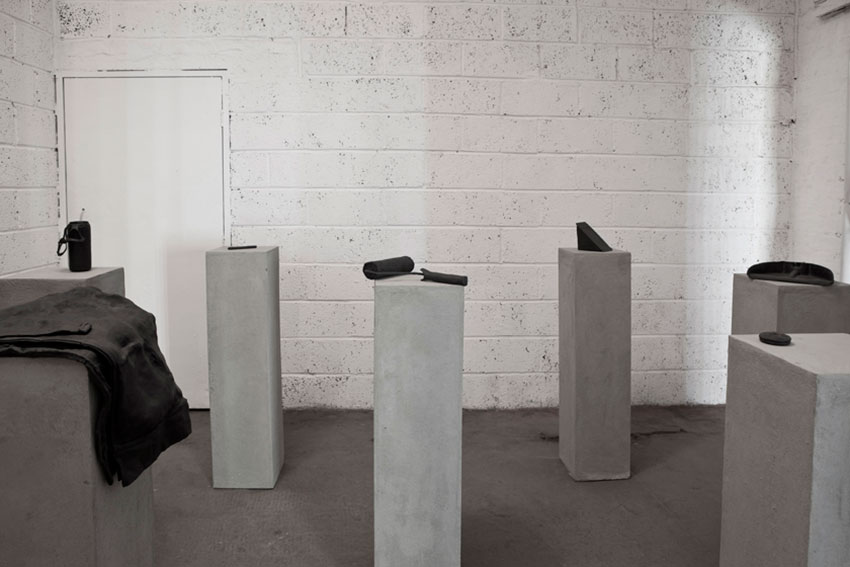

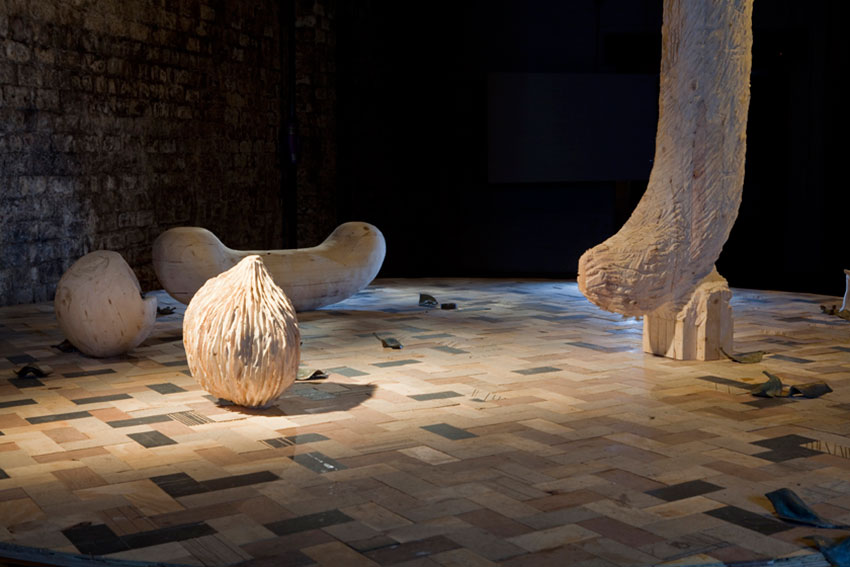

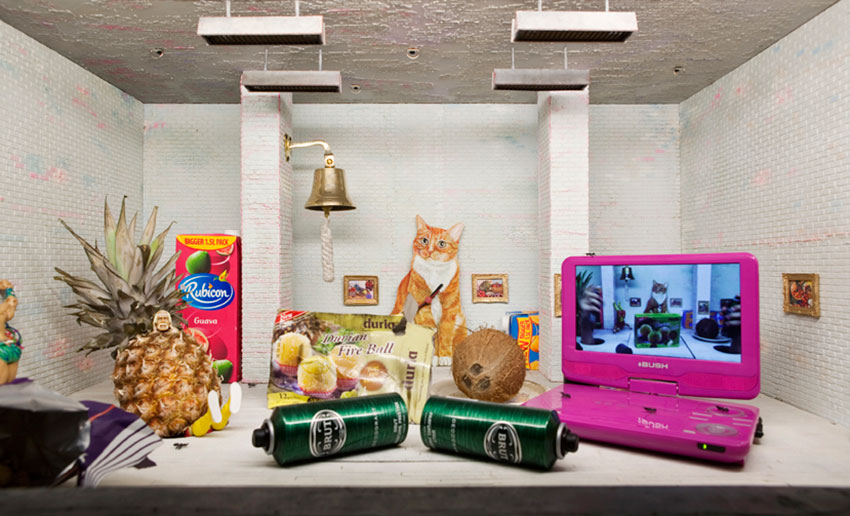

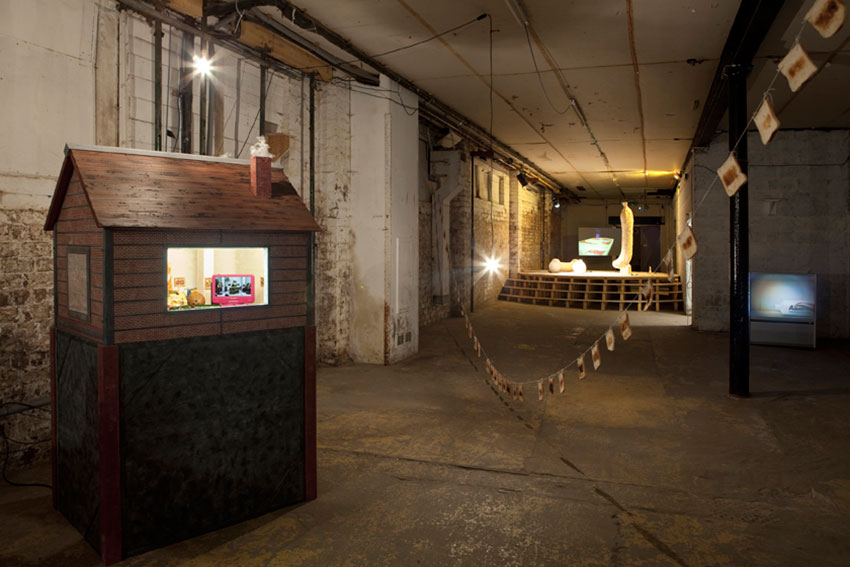

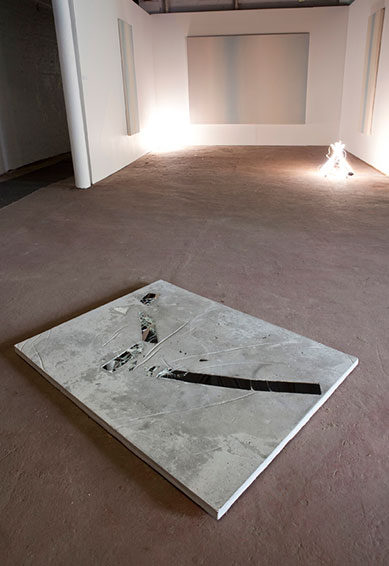

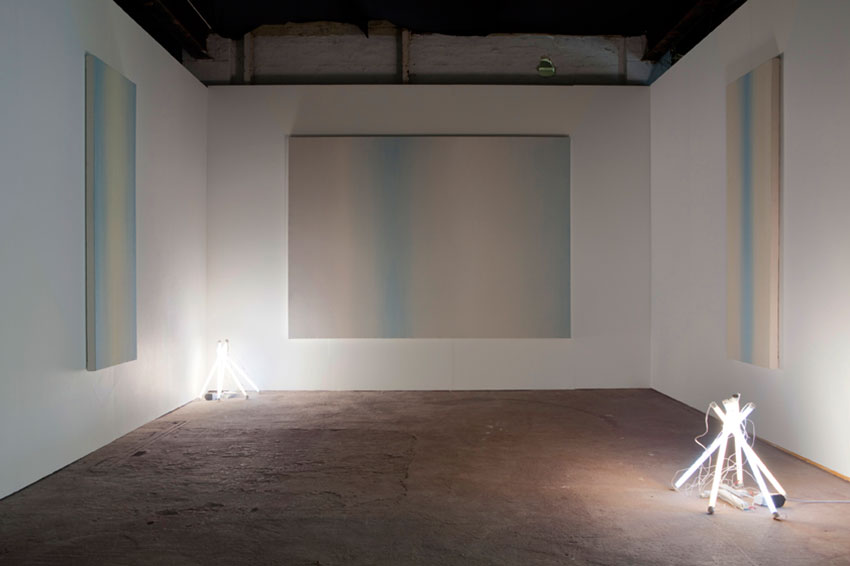

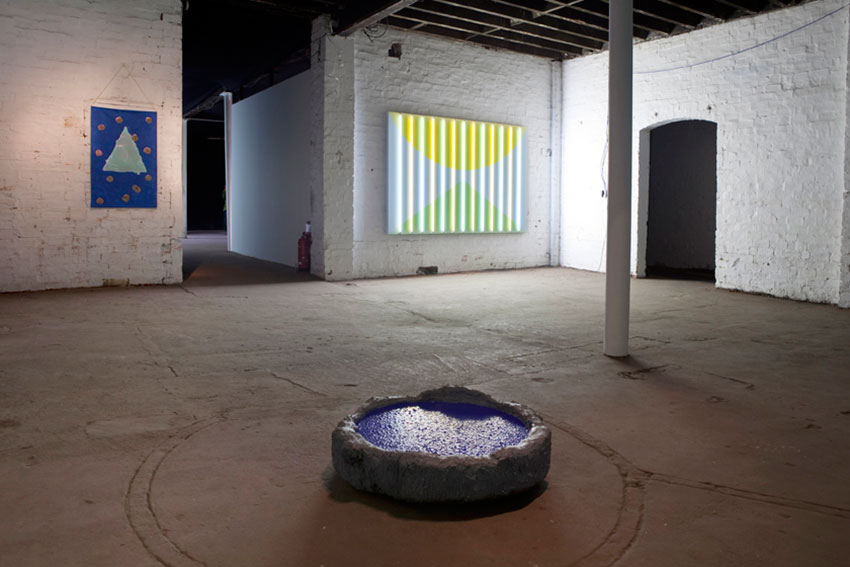

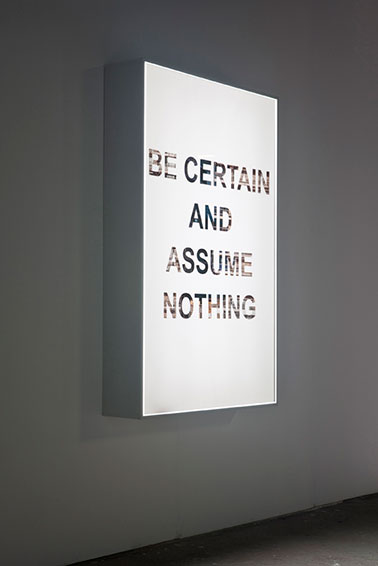

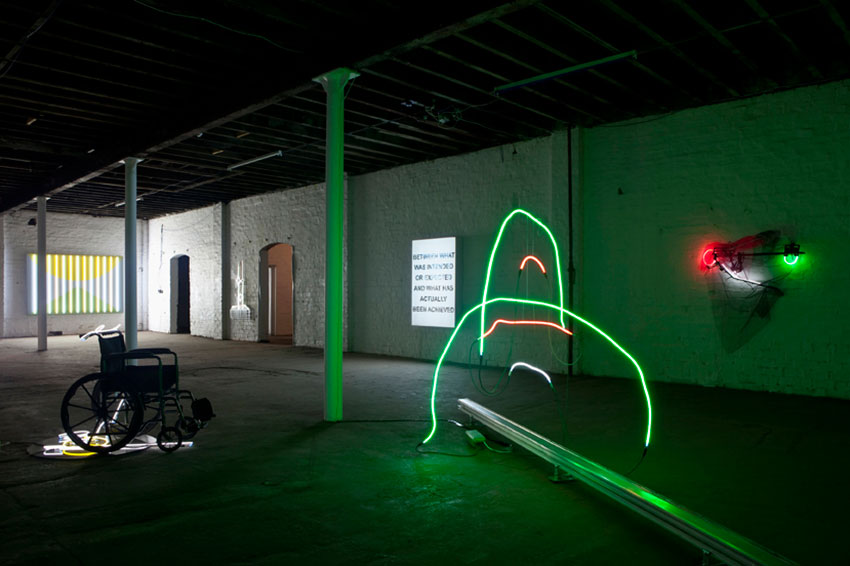

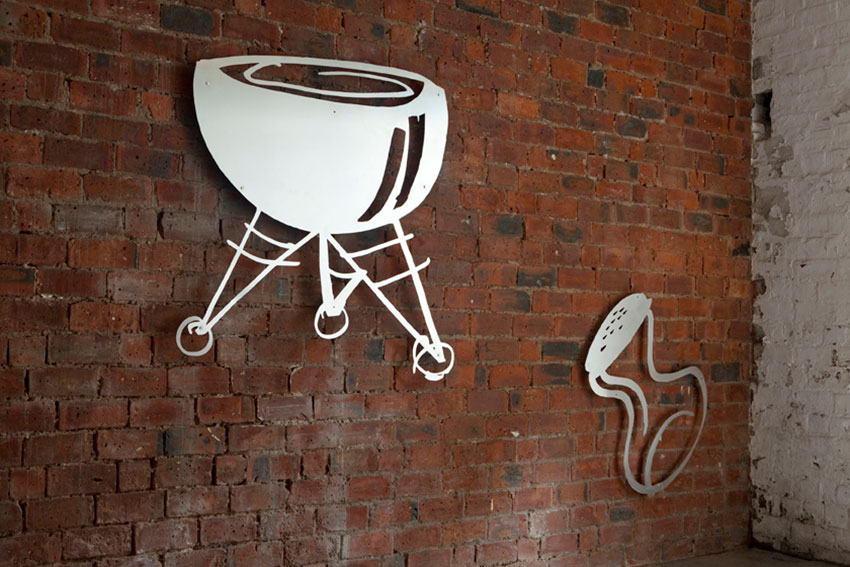

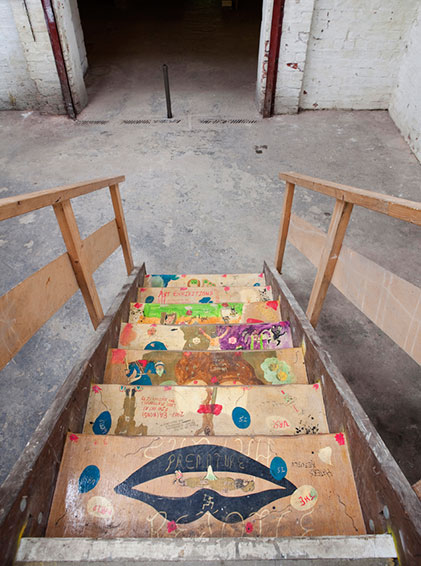

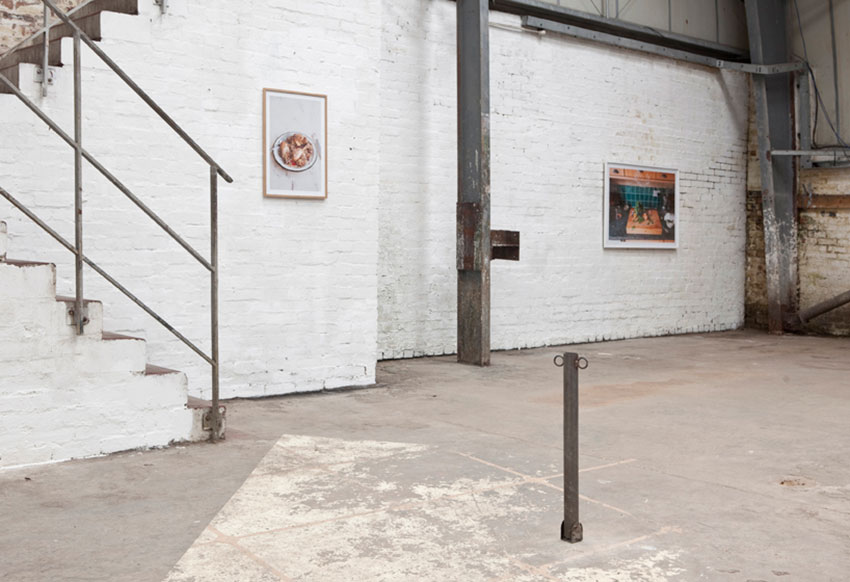

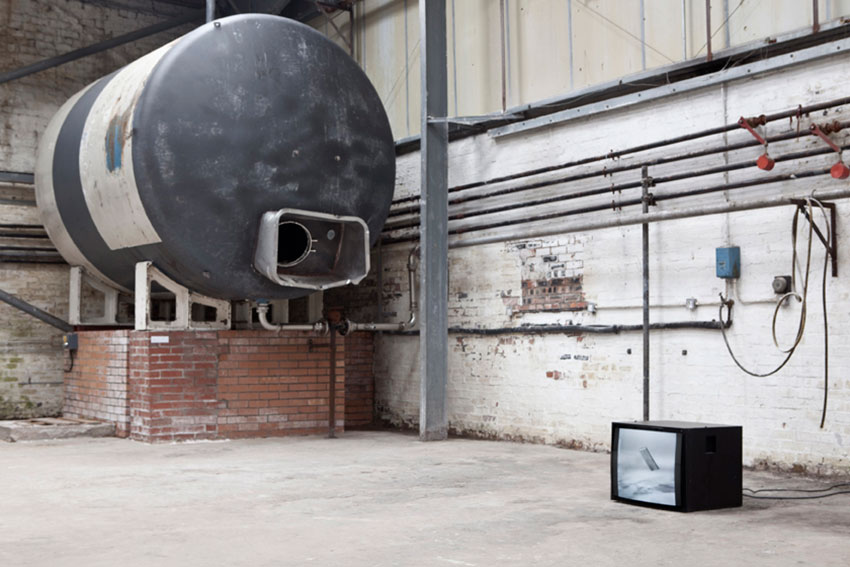

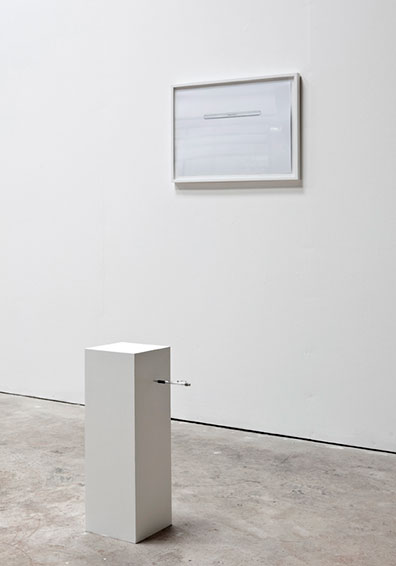

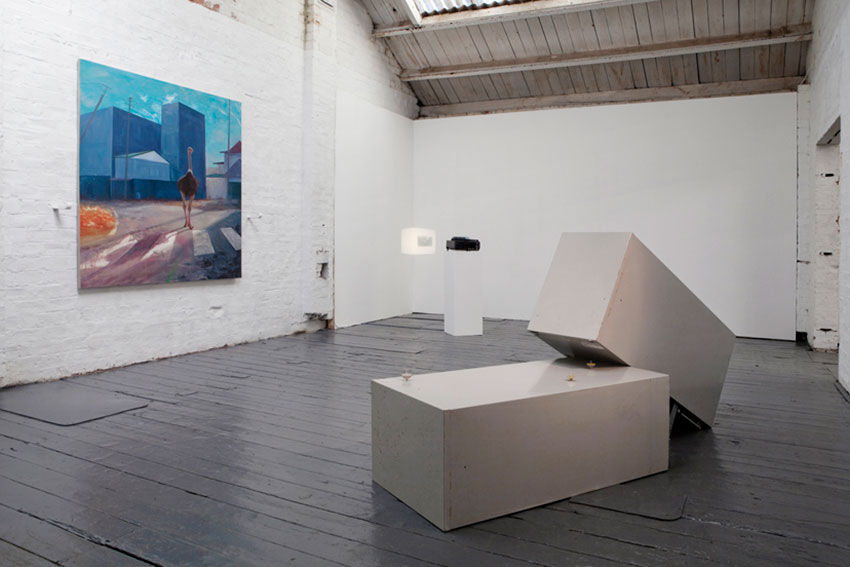

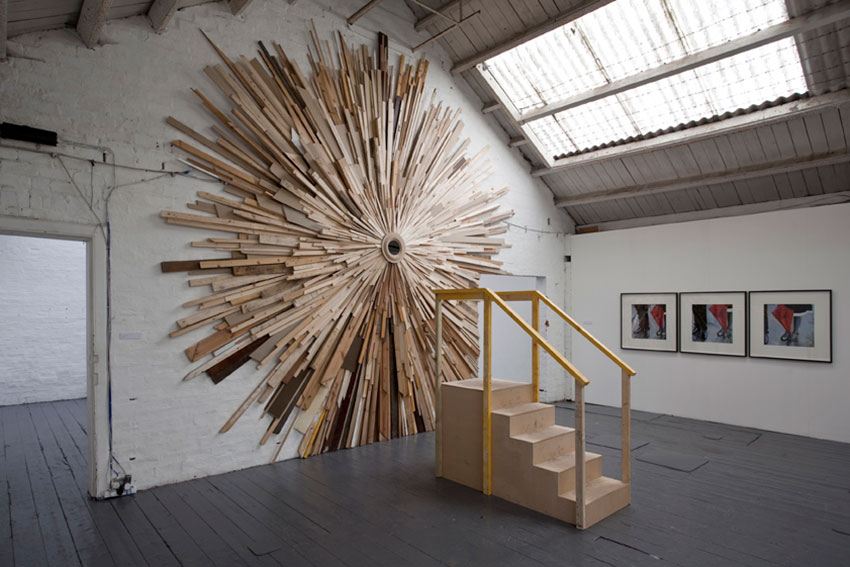



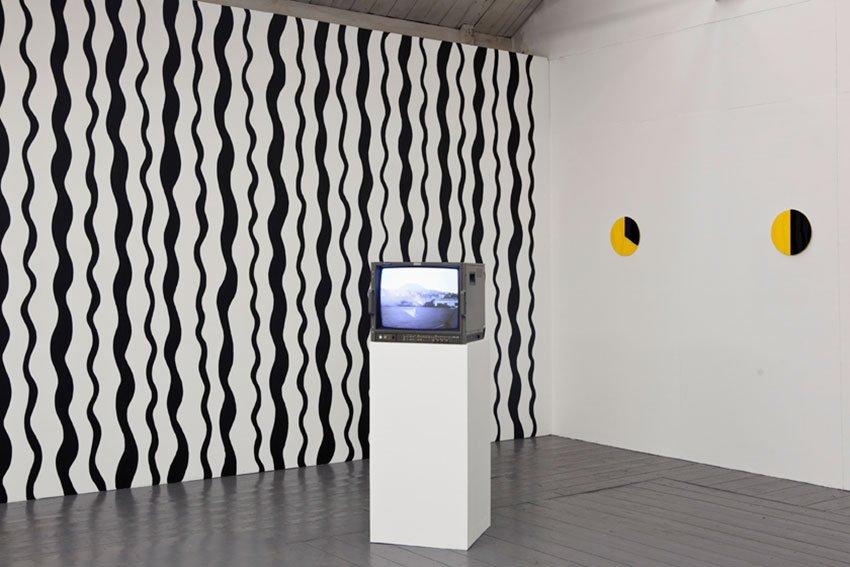

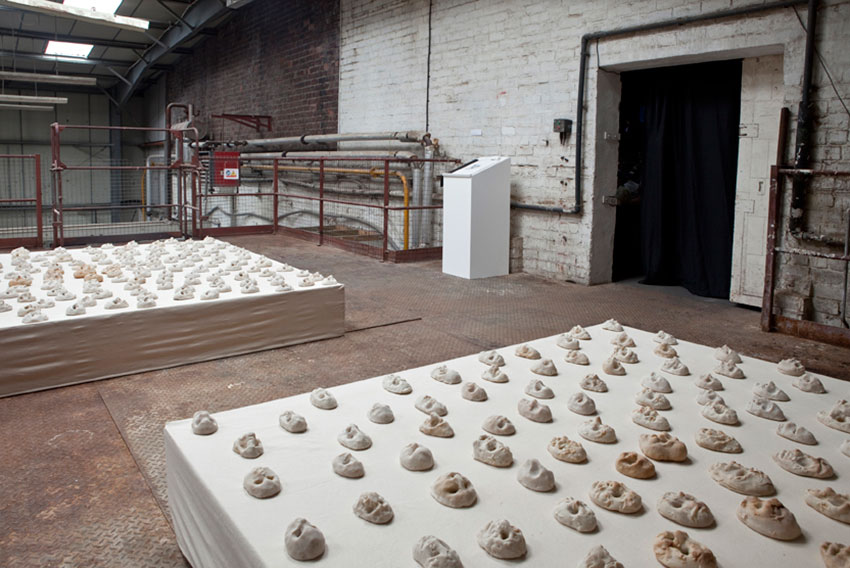

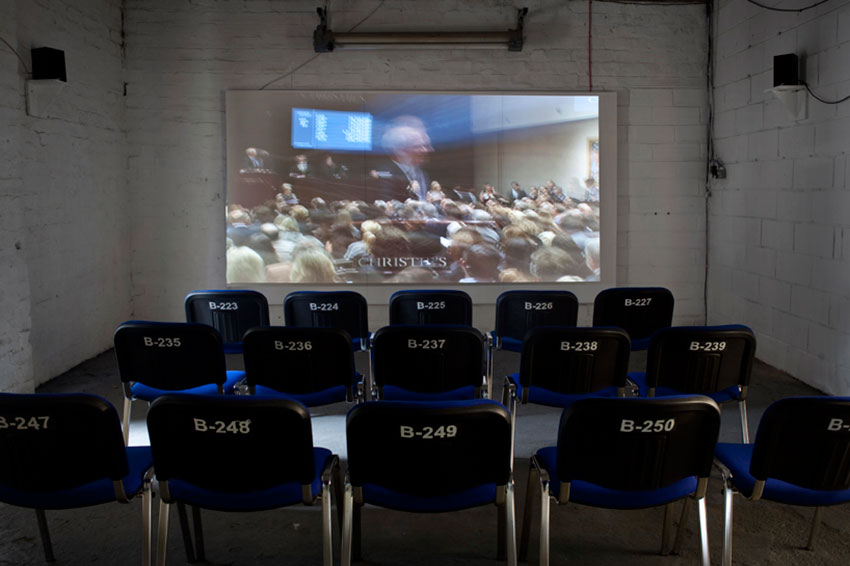

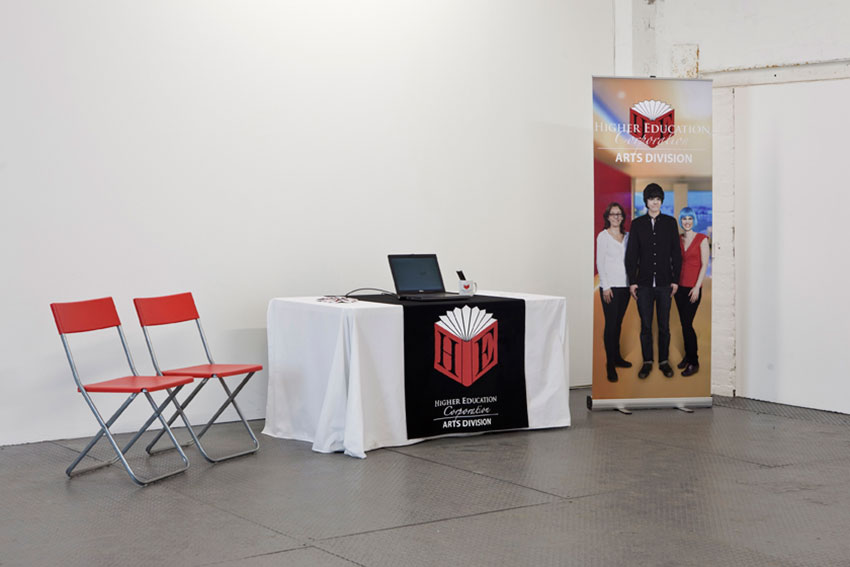

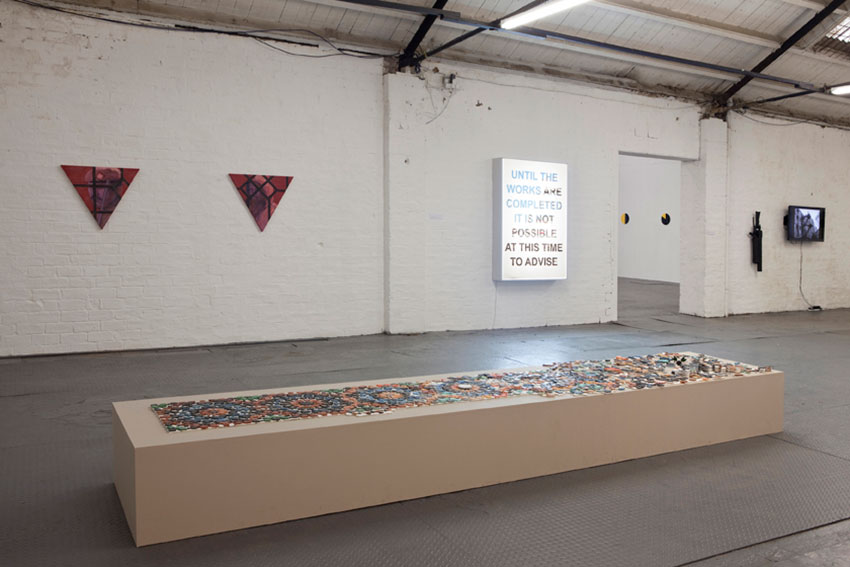

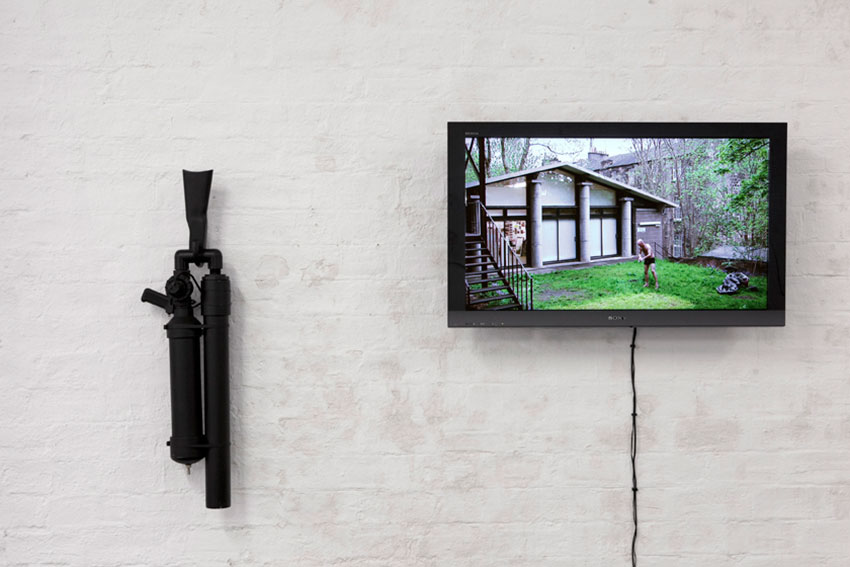

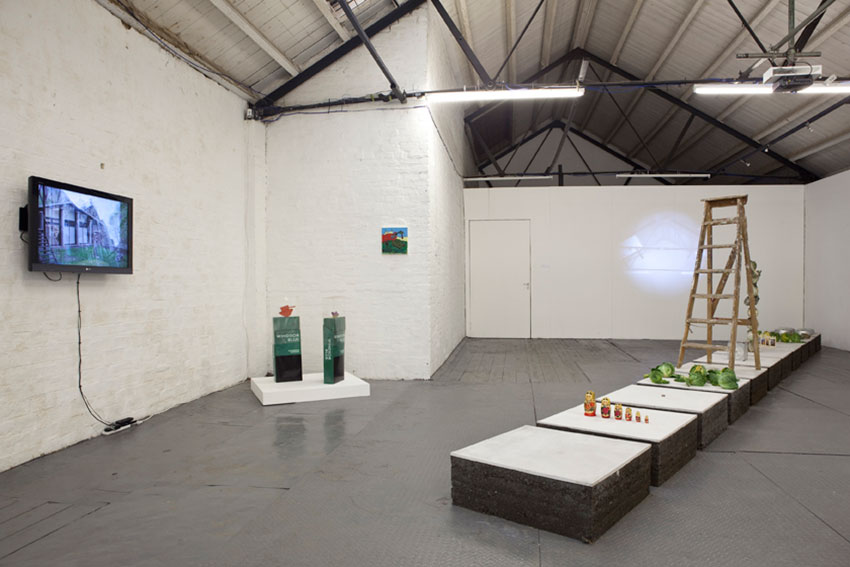


























From where we stand it has neither beginning nor end: no discernible origin, no apparent destination. Sometimes it howls like a wild thing, but then it may whisper like a breeze. In certain moments it rears and crashes like a breaker, but then it melts gently into itself like snow turning to water. It harangues and it seduces; its truths are fragile. Is it a mirror of the real, or a fantastic illusion? We may not recognize it for what it is because it presents itself as our thoughts, beliefs and desires. It never seems to stop.
Imagine if one could capture an abstract existential condition (such as ideology), rather than a concrete situation (such as a wedding), in a photograph. That condition would then be suspended in time, removed from flux, rescued from oblivion. We could examine it. Perhaps we could then even begin to believe that we had some respite from and mastery over it. In short, we might uncover the possibility of understanding. But our understanding would be of the photograph, not the condition.
Remove a stick insect from its natural habitat. It no longer disappears into an apparent visual continuity with its surroundings. Examine it in its isolation. What do we learn from this exercise? I leave the answer pending. I have no answer yet. I thought I was getting somewhere, but it turns out I was wrong. I simply don’t have enough time right now.
What is an answer? Let’s get the old dictionary out. Sometimes it is understood to be “a correct reply”, or “a correct solution” to a question. Sometimes it is understood to be a retaliatory response (the work was made in answer to the views of critics). In certain situations it is understood to denote accountability (as in “art answers to money”). At other times it may mean, to match, or correspond to (as when a work of art “answers” to a particular description). Do we expect art to offer answers? If so, what kind of answers from among those listed above? Perhaps the value of art lies in its ability to provide the conditions under which normality is temporarily interrupted in order to allow various kinds of earnest questioning to occur. It is the questioning, as much as the answering, that assumes significance here. And such questioning may serve to challenge our demand for those “correct” answers that only serve to consolidate the current configuration of knowledge.
I know, I know: artspeak. Pseudo-philosophy, pretentious shite. But please don’t let it deflect you from looking at and thinking about the work by this group of young artists. This work is there to be enjoyed, but it can also provoke and withstand a lot of thought if you should choose to engage with it in that way. Stop: we need to stop for a while.
John Calcutt
Acting Programme Leader
